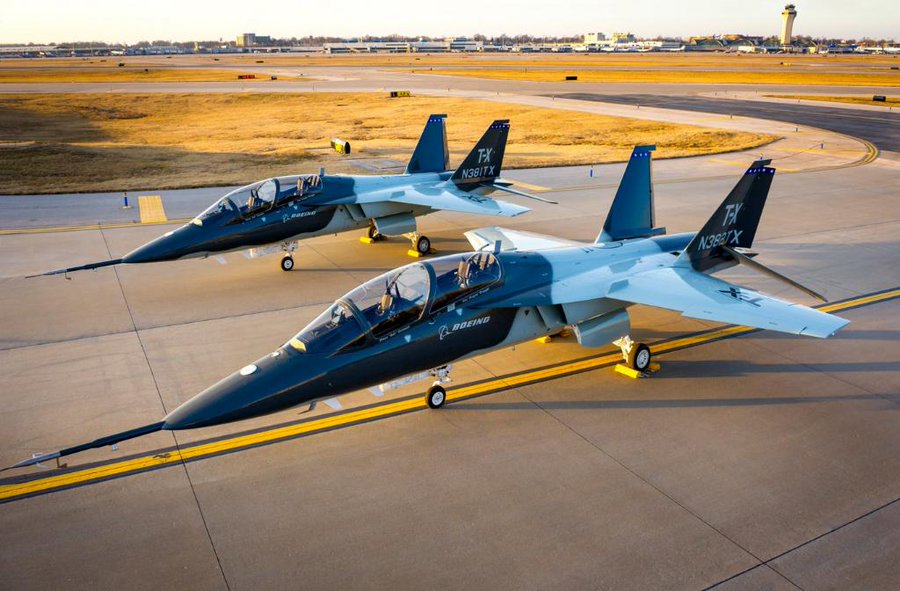McG
Army.ca Legend
- Reaction score
- 3,079
- Points
- 1,160
News media coverage of the 19 September Standing Committee on National Defence report is focused on accusations that the government rigged the report to justify a sole-source contract for Super Hornets. But for a more informed opinion, one could read the report itself at: http://www.parl.gc.ca/Content/HOC/Committee/421/NDDN/Reports/RP8406082/421_NDDN_Rpt02_PDF/421_NDDN_Rpt02-e.pdf
... and see the thirteen recommendations:
Recommendations 5, 6, 7, and 8 all seem pretty good to me. We should be examining the threats of ballistic and cruise missile threats, and we should be deciding how we want to defend against these.
Recommendation 11 is schizophrenic. Is it about climate change or Russian threats? Do we think it is the same resource that addresses either? Do we need a fleet of combat science vessels for the north?
... and see the thirteen recommendations:
There is certainly something funny about the first three recommendations.Recommendation 1
That the Government of Canada conduct a thorough review of
Canada’s international and domestic capability requirements for the
replacement of the CF-18 fighter jets; that the Government select a
replacement which satisfies both Canada’s international and domestic
needs by being capable of effectively exercising Canada’s sovereignty
in the high Arctic and remote regions of the country while remaining
interoperable with our allies; and that the CF-18 replacement:
a) Possess an active electronically scanned array (AESA)
radar and beyond line of sight communication equipment;
b) Work to a high degree with Canada’s existing infrastructure;
c) Be interoperable with the United States of America’s NORAD
assets;
d) Provide sufficient fighter capability to ensure NORAD and
NATO commitments can be fulfilled as currently defined; and
e) Have well defined capital and sustainment costs as to not
jeopardize the recapitalization of other much-needed military
equipment.
Recommendation 2
That, for procurement contracts pertaining to aircraft utilized in the
context of the far North region, pilot safety be a key consideration.
Recommendation 3
That the Government of Canada decide on the replacement of the
current fleet of CF-18 fighter jets within the next 12 months.
Recommendation 4
That the Government of Canada recognize the importance of air-to-air
refueling as it relates to the Royal Canadian Air Force’s number one
priority, which is sovereignty.
Recommendation 5
That the defence policy review evaluate the primary locations of
Canada’s Air Sovereignty Alert (ASA) assets to ensure they are
optimally positioned to respond to asymmetric threats under the
auspices of Operation NOBLE EAGLE (ONE).
Recommendation 6
That the Government of Canada recognize the proliferation of cruise
missiles, and related emerging technologies, as a threat to Canada and
take the necessary action to protect Canada from this threat.
Recommendation 7
That the Government of Canada recognize emerging ballistic missile
threats.
Recommendation 8
That the defence policy review reconsider Canada’s position with
regard to ballistic missile defence (BMD) in the context of Canada’s
defence priorities and limited financial resources.
Recommendation 9
That, in terms of Canada’s potential role in ballistic missile defence,
Canadian research and development be a consideration.
Recommendation 10
That the defence policy review take into account that witnesses have
questioned the efficacy of the ballistic missile defence program.
Recommendation 11
That the Government of Canada recognize the detrimental effects of
climate change in our North; and that the Government quickly adapt
our northern surveillance and defences to a potential Russian threat.
Recommendation 12
That, with the end of the North Warning System’s operational life
approaching, the Government of Canada recognize the need to
maintain and improve all aspects of Arctic domain awareness.
Recommendation 13
That the Government of Canada ensure that adequate safeguards are
in place to protect Canada and Canadians from, and respond to, cyberattacks
by foreign governments and non-state actors.
Recommendations 5, 6, 7, and 8 all seem pretty good to me. We should be examining the threats of ballistic and cruise missile threats, and we should be deciding how we want to defend against these.
Recommendation 11 is schizophrenic. Is it about climate change or Russian threats? Do we think it is the same resource that addresses either? Do we need a fleet of combat science vessels for the north?


